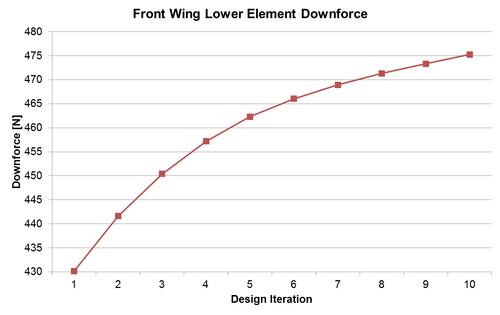Multi-Disciplinary Design Exploration: Unleashing Simulation Led Design
March 4, 2014

In today's fast-paced and competitive climate, improved product performance and shortening of lead times are critical for business success across all industries.
With computational resources more readily available, simulation, now more than ever, is a key enabler for making sound engineering decisions while addressing complex customer requirements. As engineering management has new visionary ideas and demands more product design variants in a shorter time, engineers must rely on efficient and flexible multi-disciplinary design exploration (MDX) to tap into the many benefits simulation has to offer and bring better performing products to market faster.
What is MDX?
CD-adapco's vision for MDX is a comprehensive virtual process that facilitates every facet of multi-disciplinary design exploration, from single point simulation to fully automated deterministic optimization. It is an all-encompassing approach that delivers access to all the required tools for a complete simulation led design solution, including accurate multi-fidelity and multi-physics models, automated processes within an easy-to-use infrastructure.

Beyond the technology, a choice of flexible and affordable software licensing schemes is a requirement to implement a true MDX solution. CD-adapco makes the MDX vision affordable through our Power licensing, thus giving engineers the freedom to select the right tool at the right time, no matter how complex the problem is. This opens the door for efficiently simulating entire systems, giving companies more value and shorter delivery times while balancing resources and investments in their MDX implementation.
Historical barriers
Up until now, a number of technical barriers that have kept multi-disciplinary simulation-based design from becoming mainstream in the product development cycle:
High computational demands: Real-life engineering tasks require trade-off studies involving many multi-disciplinary objectives and constraints. The high dimensionality of the design space combined with the massive amount of CPU hours necessary often make the process intractable in practice.
Numerical simulation road-blocks: The success of optimization hinges on the accuracy and robustness of the underlying numerical methods. The mathematical models are often too sensitive to design changes, and cumbersome CAD-to-mesh approaches, poor auto-meshing and lack of process automation have been major road-blocks for a practical implementation.
Unknown design landscape: The underlying features of a design space are unknown but the best optimization approach for improving a design highly depends on these features. To get around this problem, manual studies are usually performed up-front to get insight into a design space. Once a method is selected, the user then has to fine-tune many parameters which often requires expertise and is time-consuming.
CAD interface and parameterization challenges: The problem must be reduced to a set of design parameters useful for optimization. These parameters not only need to be defined, they are altered during the optimization process and a new CAD geometry must be generated. Historically, this has been done through interfacing with the CAD group, causing an interruption in the workflow and resulting in long design cycles.
Prohibitive licensing costs: Design exploration requires many simulations to be run at once on a large number of multi-core processors. Traditional licensing schemes are inflexible and do not respect the shifting patterns of usage that occur throughout the project life-cycle. Furthermore, software licensing costs for exploring a large design space are often prohibitive.
About the Author(s)
You May Also Like





